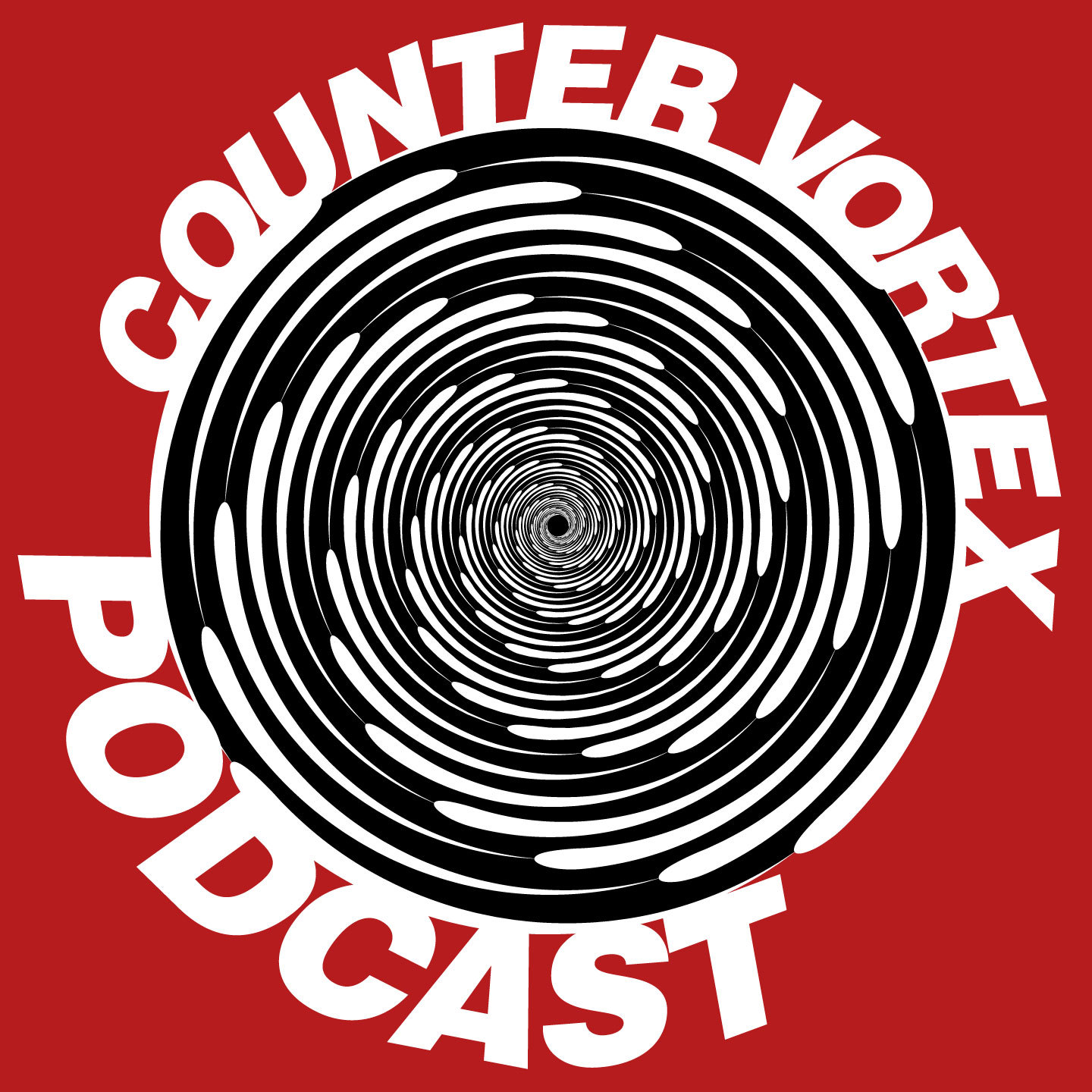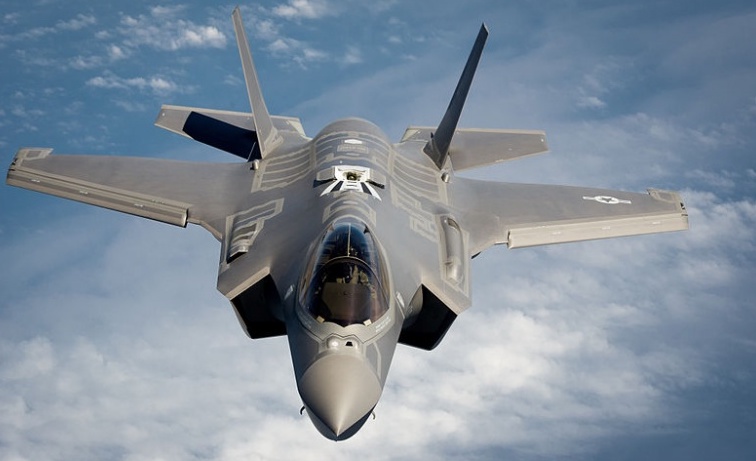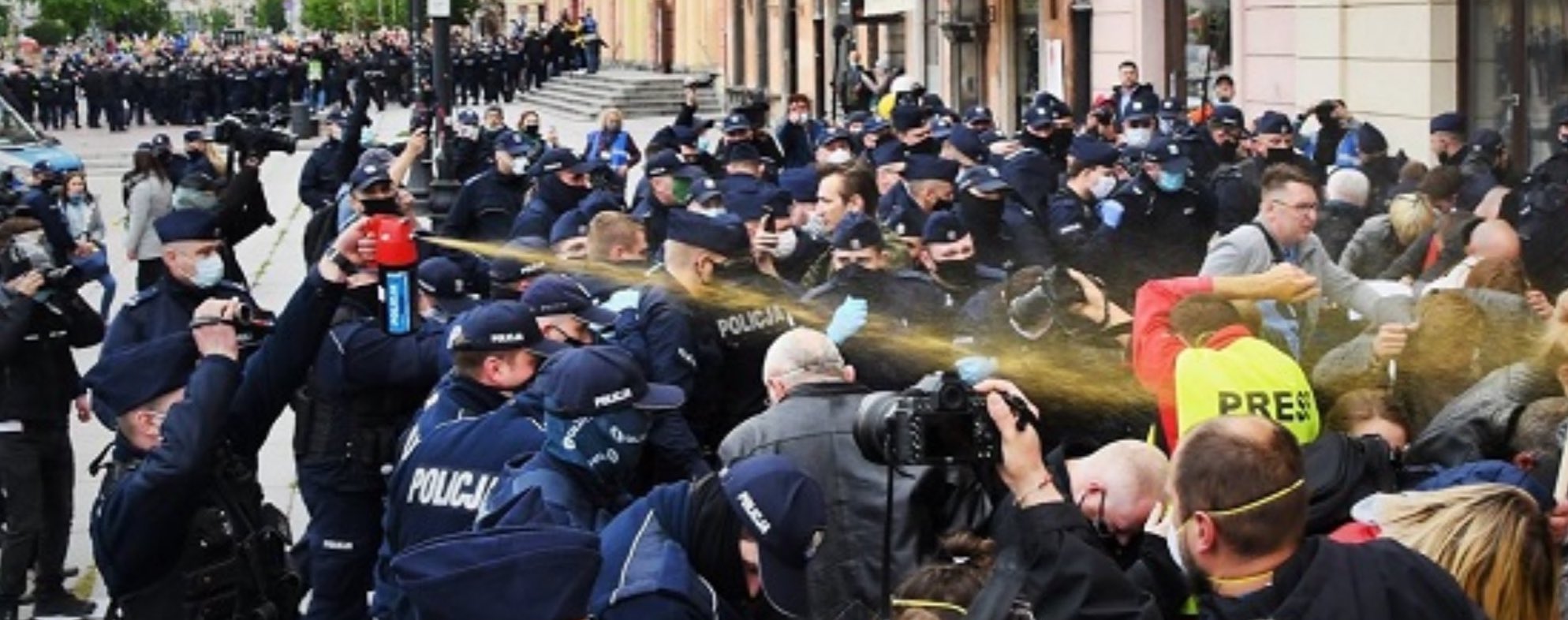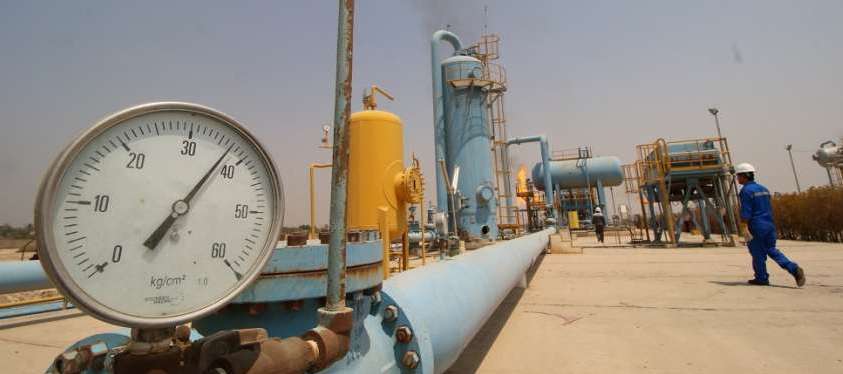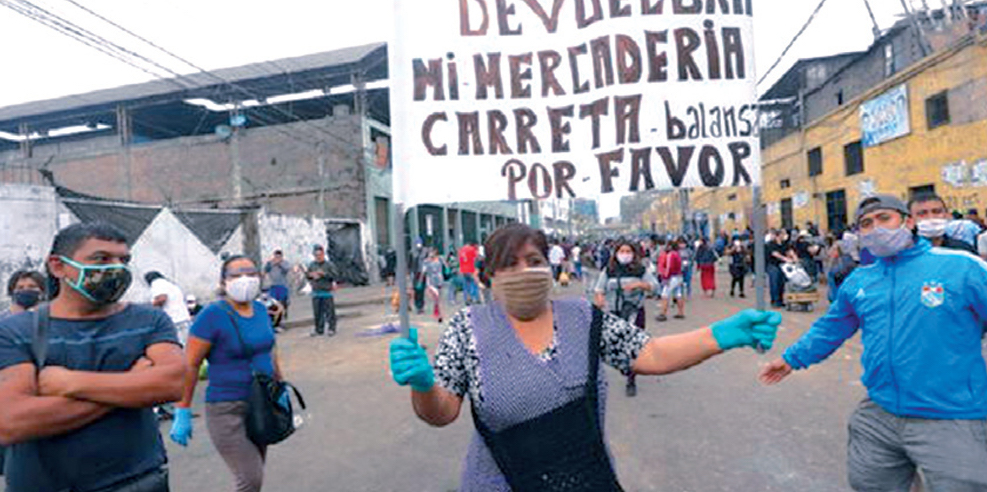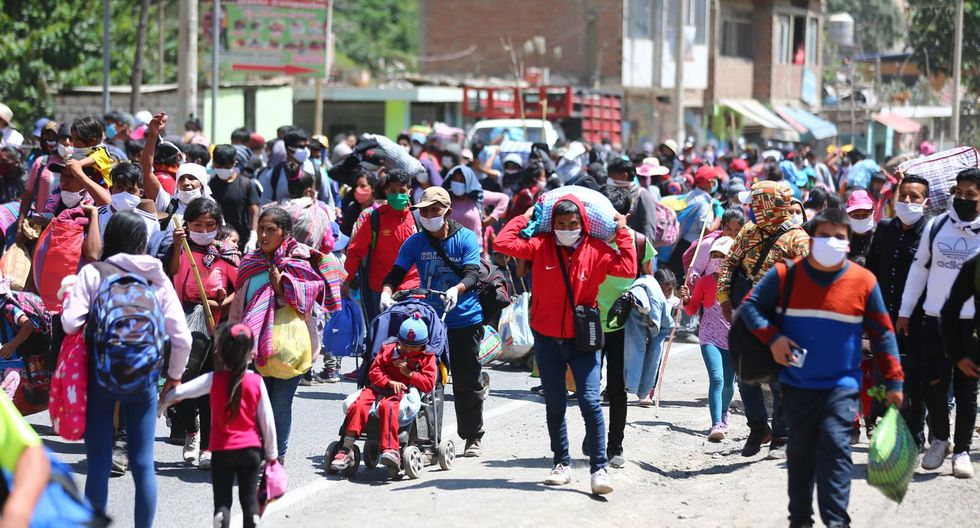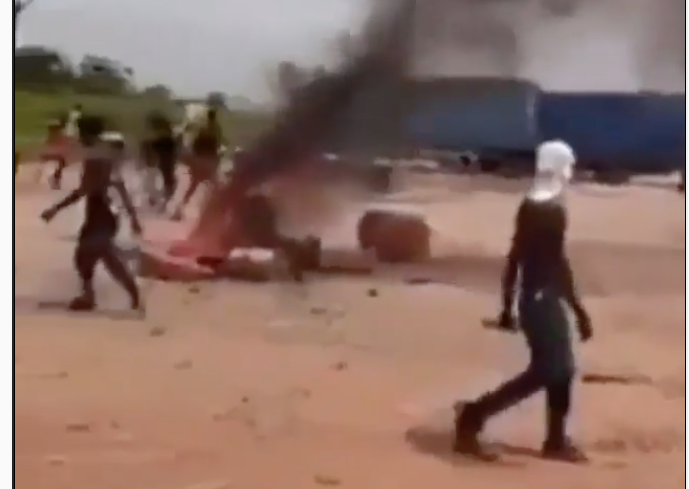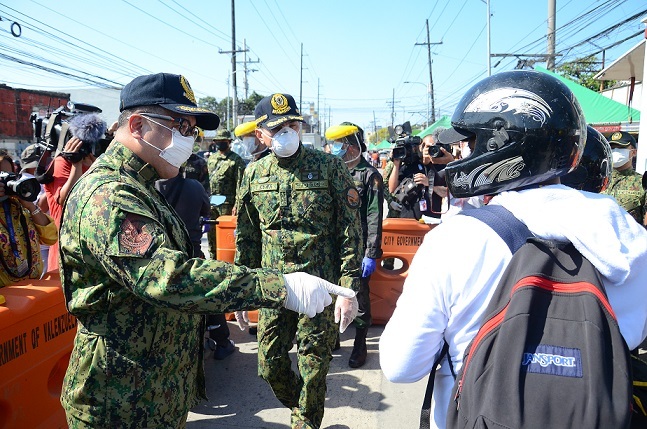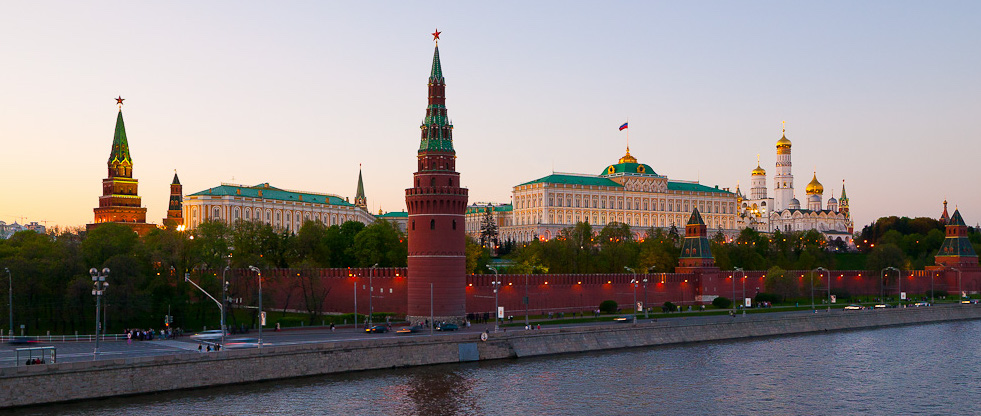
Kremlin in new drive to co-opt US ‘alternative’ voices
In a truly surreal irony, CounterVortex chief blogger Bill Weinberg got e-mail from RT.com editor-in-chief Igor Ogorodnev, saying he’s impressed with our website and extending an invitation to contribute to RT. This is evidently part of a concerted push by RT—a direct organ of Russian state propaganda—to appropriate dissident and alternative voices in the American blogosphere ahead of this year’s elections. The strategy here is clear: Wth Fox News playing to the right and RT playing to the left, the Putin-Trump agenda will control both sides of the debate. It is imperative that progressives do not take the RT bait. (Photo: Wikipedia)

